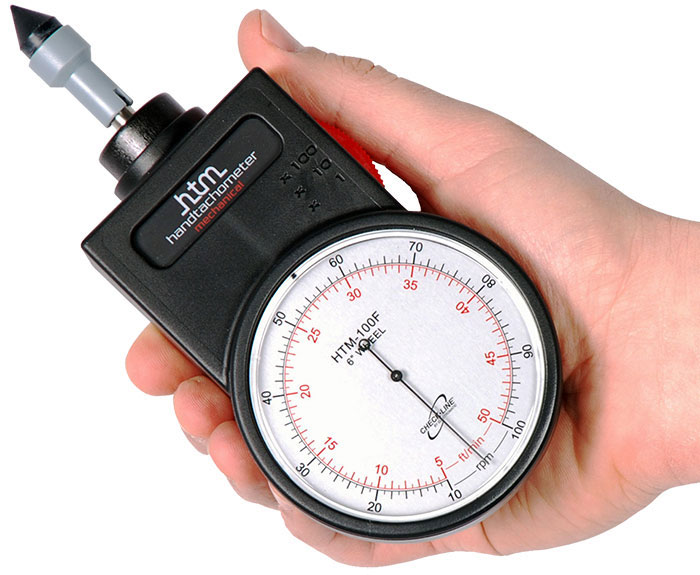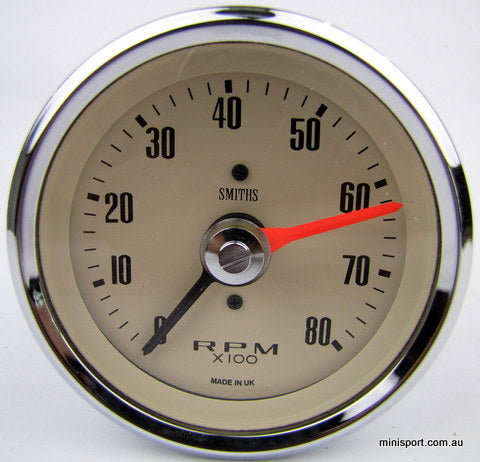Tachometer Purchasing Overview: Functions to Seek and Best Brand names
Tachometer Purchasing Overview: Functions to Seek and Best Brand names
Blog Article
The Value of a Tachometer in Keeping An Eye On Engine Rate and Performance in Automotive Applications
In the realm of auto engineering, the tachometer stands as a crucial instrument in the vehicle driver's arsenal, giving a direct window right into the inner functions of a lorry's engine. Beyond its feature as a mere gauge of revolutions per min (RPM), the tachometer functions as an important device for enthusiasts and experts alike, offering real-time understandings into engine performance and health and wellness. Understanding the relevance of this tool surpasses surface-level monitorings, delving right into the detailed relationship between engine rate, power result, and overall driving experience. As we explore the multifaceted function of the tachometer in vehicle applications, a deeper recognition for its effect on car dynamics and performance starts to emerge.
Importance of Keeping Track Of Engine RPM
Keeping an eye on engine RPM, or transformations per min, is an important facet of vehicle upkeep and efficiency examination. Engine RPM straight associates with the speed at which the engine's crankshaft turns, indicating how quickly the engine is running - tachometer. By keeping an eye on RPM, technicians can analyze the wellness of the engine, find prospective problems, and fine-tune efficiency. An abnormal RPM reading may signify troubles such as engine misfires, malfunctioning stimulate plugs, or issues with the fuel shipment system. Consistently high RPM analyses might indicate hostile driving routines or the requirement for a higher equipment shift to improve gas effectiveness.
Additionally, keeping track of engine RPM is crucial for performance examination in auto racing and high-performance vehicles. In summary, checking engine RPM is not just vital for finding concerns but likewise for enhancing engine efficiency in numerous automotive applications.

Advantages of Real-Time Data
In automobile applications, real-time data plays a vital duty in giving immediate understandings right into the efficiency and problem of the lorry. By continually monitoring numerous parameters such as engine speed, temperature, fuel consumption, and more, real-time data offers numerous benefits that contribute to enhanced efficiency and safety when driving.
Additionally, real-time information assists in performance optimization by providing prompt comments on driving habits and engine performance. Chauffeurs can readjust their habits in real-time based on this details to accomplish much better gas economy and lengthen the lifespan of their automobile.

Additionally, real-time information plays an important duty in modern vehicle diagnostics, allowing professionals to rapidly detect and address breakdowns. This results in decreased downtime, reduced upkeep costs, and eventually, boosted overall automobile reliability and durability (tachometer). By using the power of real-time data, vehicle stakeholders can make enlightened decisions that positively affect both the performance and long life of the lorry
Impact on Equipment Shifts
Effective equipment shifts in automotive applications dramatically influence overall performance and driving experience. The tachometer plays a critical role in enhancing gear shifts by supplying real-time engine rate information to the driver. When approaching the redline on the tachometer, it indicates the motorist to upshift to avoid over-revving the engine and causing potential damage. On the other hand, downshifting at the right moment can help maintain the engine in its power band, guaranteeing receptive acceleration when needed.
Moreover, the tachometer help in attaining smoother equipment shifts, particularly in manual transmissions. By keeping track of engine speed, drivers can execute equipment shifts at the optimal RPM range, lowering snagging movements and reducing wear on the transmission parts. This accuracy on duty changes not just improves driving comfort but additionally contributes to sustain effectiveness.
Enhancing Fuel Performance
Provided the important function the tachometer plays in optimizing equipment shifts for performance and engine wellness, it directly adds to making the most of gas effectiveness in automotive applications. By giving real-time comments on engine speed, the tachometer aids chauffeurs in keeping the most efficient RPM variety for fuel economic situation. When drivers regularly keep track of the tachometer and change their motoring practices as necessary, they can prevent unneeded fuel intake triggered by over-revving or hauling the engine.
Furthermore, the tachometer aids drivers determine the most fuel-efficient gear to be in at any kind of given moment, preventing the engine from working more difficult than necessary. This is particularly crucial during velocity and travelling, where being in the ideal equipment can substantially affect fuel effectiveness. In addition, the tachometer can alert you could try this out motorists to possible mechanical issues that can be negatively impacting gas economy, such as a slipping clutch or a stopped up air filter. To conclude, the tachometer serves as an important device in enhancing fuel effectiveness by advertising optimum driving habits and identifying areas for enhancement in the vehicle's efficiency.

Maximizing Engine Longevity
The tachometer's role in keeping track of engine speed and efficiency contributes in ensuring the durability of vehicle engines. By utilizing the tachometer properly, vehicle drivers can maximize engine durability through conscious RPM monitoring. Regularly revving an engine expensive can result in extreme wear and tear on critical parts, such as the pistons, valves, and bearings. Over time, this can cause reduced engine performance and possible malfunctions. Monitoring the tachometer permits motorists to stay within the advised RPM range for their lorry, protecting against unneeded strain on the engine and expanding its life-span.

Final Thought
In final thought, the tachometer plays you could check here a crucial duty in keeping track of engine rate and performance in automotive why not try this out applications. By supplying real-time data on RPM, it enables efficient gear changes, enhanced gas efficiency, and taken full advantage of engine longevity. This tool is essential for preserving optimum engine efficiency and making sure the overall performance of a lorry.
Report this page